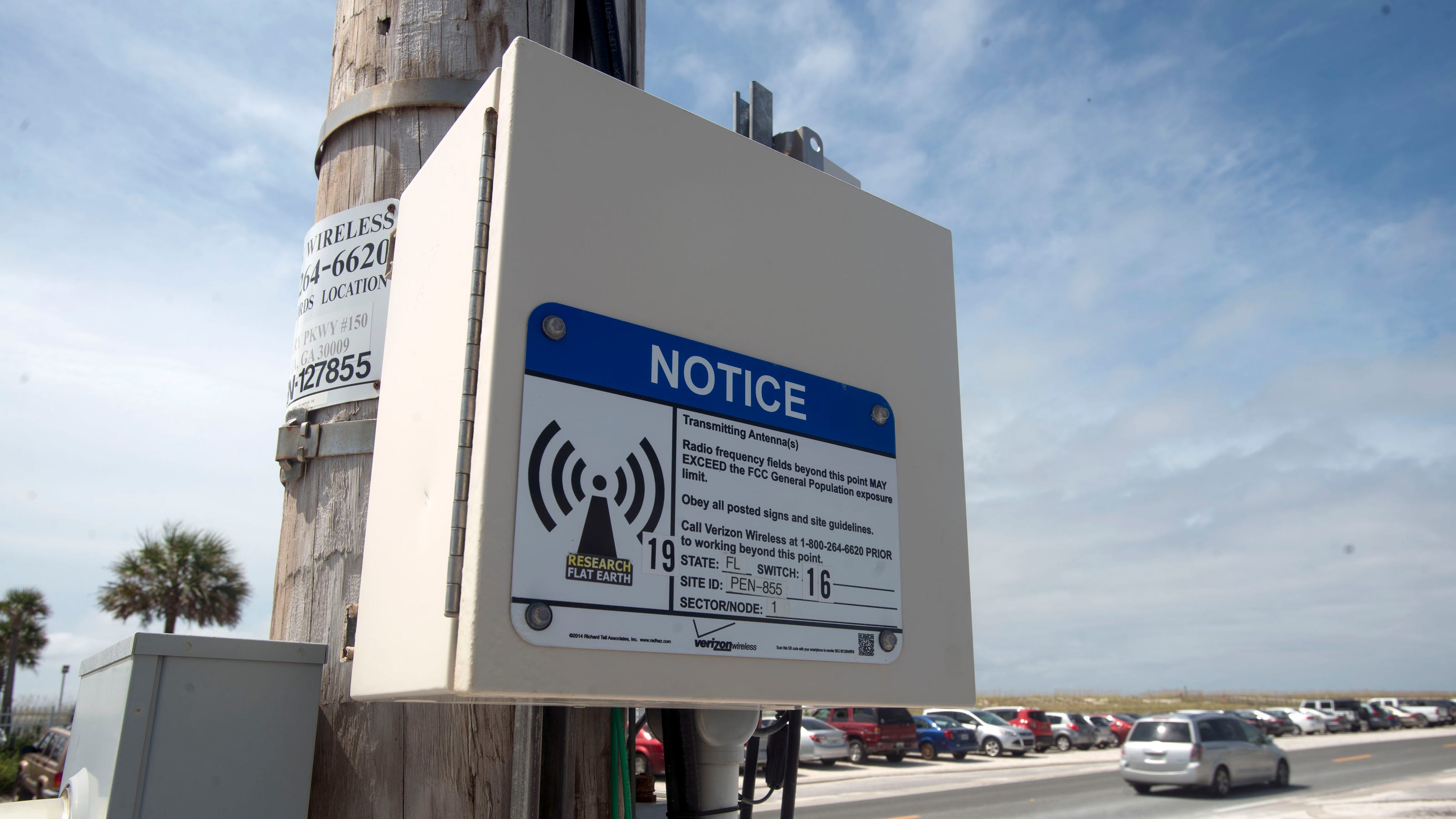If you've ever walked through a city and spotted tiny 5G cell towers on the poles of street lights. They appear like tiny boxes however they're actually sending wireless signals from cellular providers to your phone.
They are replacing the larger, purpose-built cell towers. While they're not as noticeable however, they could cause problems for people.
what is a safe distance from a 5g cell tower establish the maximum amount of time one can expose to electromagnetic energy generated by wireless devices. The exposure limits are based on scientific data which show that the energy of RF can be harmful to human health.
The absorption rate specific (SAR) is an indicator of the amount of radiofrequency energy taken up by tissues. It's typically 1.6 milliwatts per kilogram calculated over one kilogram of tissue.
Since 5g is able to transmit at higher frequencies and has the potential to cause greater energy intensity on the skin as well as other body areas. This could lead to various potential problems, including an increased appearance of skin disorders such as dermatitis, skin cancer and cataracts.
Because of the potentially negative effects of 5G radiation, PSU has chosen to set a general localized power density limit of 4 mW/cm2 averaged on 1cm2, and not exceeding 30 minutes for the entire 5G spectrum at 3000 GHz. This limit for localization is in line with the peak spatial-average SAR of 1.6 W/kg, which is averaged over 1 g of tissue at 6 GHz.
The FCC's Maximum Exposure Thresholds for Maximum Exposure
If you've ever used a mobile phone, you're probably aware that the safest location from the tower should be at least 400 meters away. This is due to the power of the transmission of a cell tower increases dramatically the farther your location from the tower.
While safe distance from cell tower sounds like an ideal idea, the reality is that people who live close to towers may actually be more susceptible to health issues. For example, a study from 2014 in India found that residents living within 50 meters from cell towers suffered significantly more health complaints than those living further far from antennas.

But, the study showed that residents who moved to areas further away from cell towers noticed their symptoms return to normal within a few days. Another study has demonstrated that exposure to extreme frequencies of radiofrequency electromagnetic fields (EMFs) can cause brain tumors, cancers and other health issues.
This is because RF radiation, which is used in wireless communication can penetrate the human body's exterior layer, the skin. This is important to understand since the skin functions as a shield against mechanical injury, infection from pathogenic microorganisms, as well as infiltration of toxic substances. The skin is the largest organ of the human body and is accountable for protecting other organs.
The FCC's Minimum Exposure Thresholds
The FCC's Minimum Exposure Thresholds rely on various assumptions that aren't supported by scientific evidence. They include the incorrect belief that exposures to RF radiations are not harmful because of the minimal radiation penetration in the human body (i.e., tissue heating).
This also overlooks the more extensive penetration of ELF components of modulated RF signals and the effect of brief bursts of heat generated by RF waves that are pulsed. These assumptions do not correspond with current understanding of the biological effects of RF radiation. Therefore, what is a safe distance from a cell tower should not be considered for health protection exposure guidelines.
Furthermore there is the fact that both ICNIRP and FCC restrict the maximum limits of exposure to peak local SARs, based on the peak frequency of absorption (psSAR), which can be described as not a reliable dosimetric instrument to assess the amount of exposure to radiofrequency radiation. Particularly the psSAR tool is not accurate for frequencies that exceed 6 GHz. In addition, psSAR is not been evaluated for RF radiation exposed to other environmental agents such like sunlight. In the event of interactions, RF radiations with different agents in the environment could cause synergistic or antagonistic effects. This could result in an increased risk of adverse health effects. For example, co-exposure to RF radiation and sunlight could increase the risk of skin cancer and exacerbate other skin conditions like acne.
